Journey of donated blood
Within 24 hours of giving blood, your donation is ready to save lives.
-
1
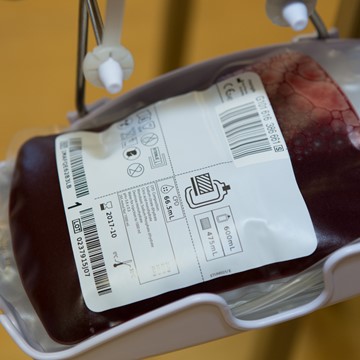
Three in one
The blood you give is taken directly to our nearest processing and testing laboratories, where it is separated into three components - red blood cells, platelets and plasma.
-
2
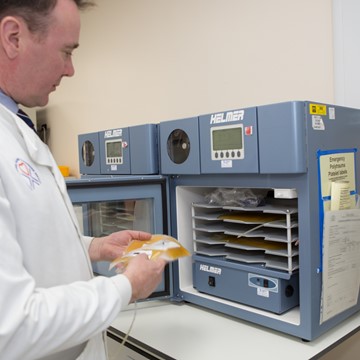
Making sure blood is safe
We then test all donations for viruses such as HIV and hepatitis, which can be passed from donor to patient. It’s rare for a donation to test positive, but if it does, we contact the donor as soon as possible and offer confidential advice. However, if everything is in order, we label your donation and send it out for use across Scotland.
-
3
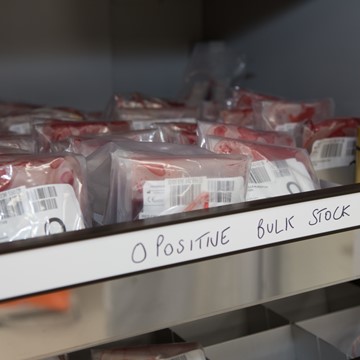
Storing and distributing your blood
Blood must be available 24/7 throughout Scotland, including the most remote areas. Therefore, your blood will be sent to one of 28 blood banks across the country, where it will be refrigerated until use. Blood has a shelf life of 35 days and platelets can only be used for up to seven days, while fresh frozen plasma can be kept for up to three years. Careful management of hospital stocks and rapid, frequent delivery systems are essential for maximising the use of blood.
-
4
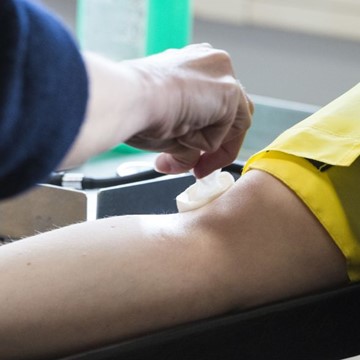
Working with hospitals
Every medical student and junior doctor in Scotland receives training in safe transfusion practice, as do hospital nurses, midwives, porters and laboratory staff. We support research into the use of blood and work hard to make sure the donor’s gift is used wisely and effectively.
-
5
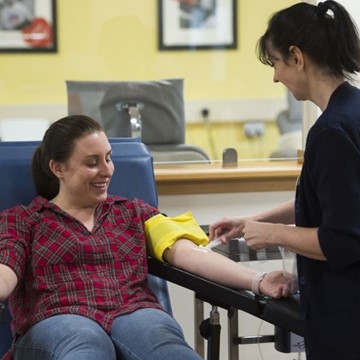
The journey begins again
Blood is a precious, perishable resource and while new ways of using it means it helps more patients than ever before, there will always be a need to replenish supplies. When you give blood, you’re doing something amazing - and we hope you'll keep doing it.
